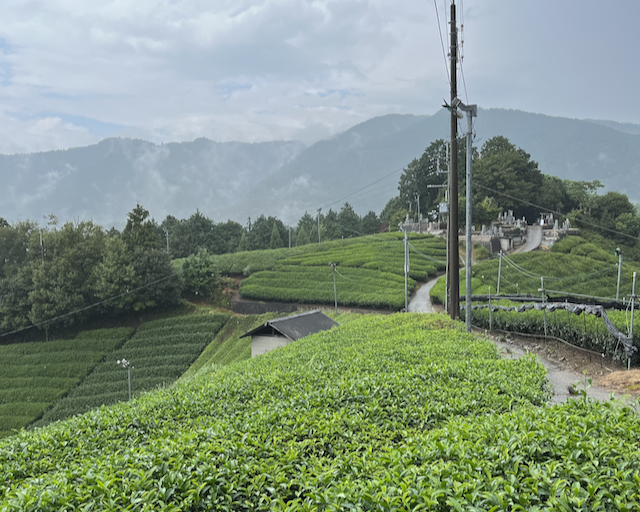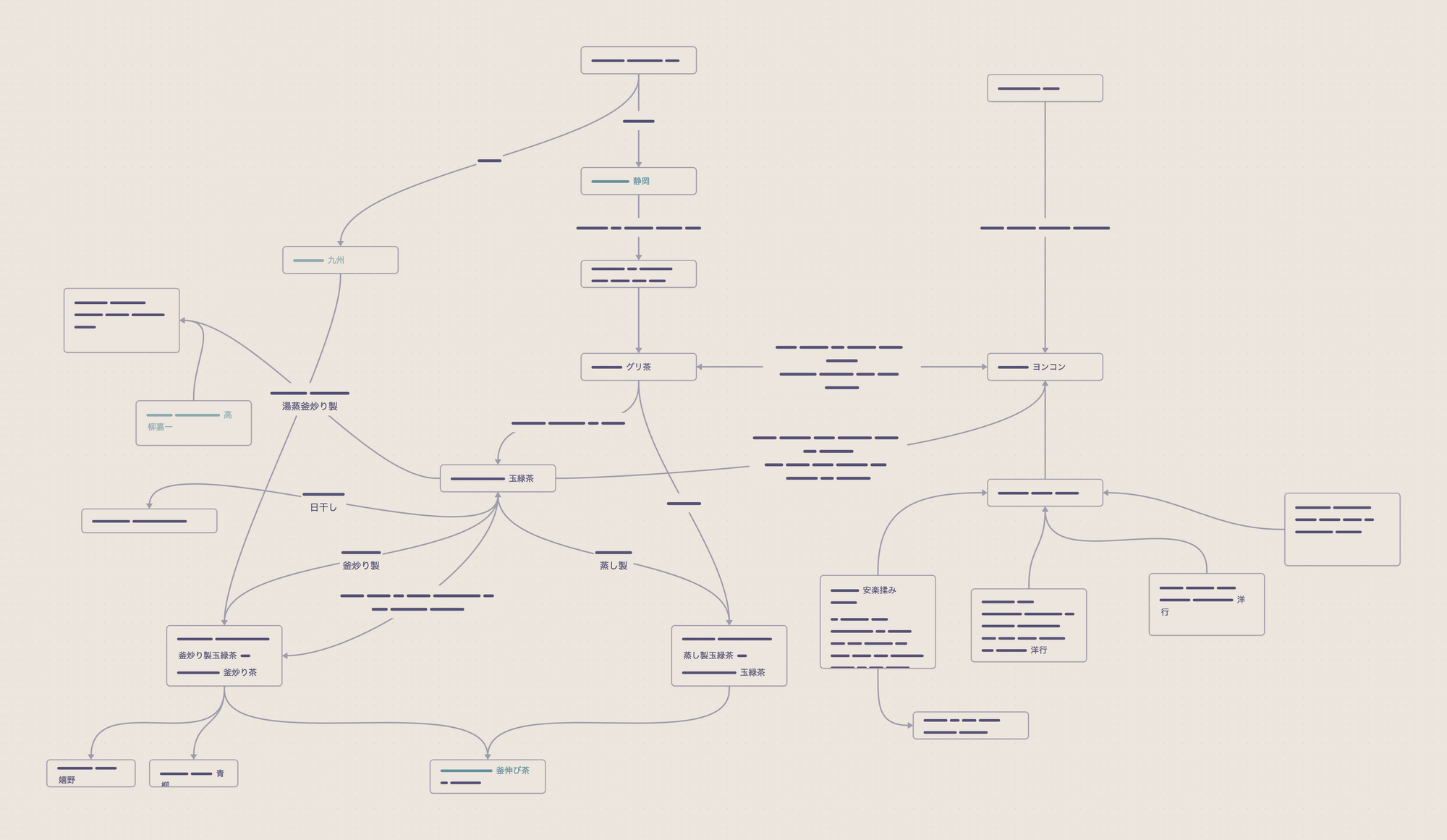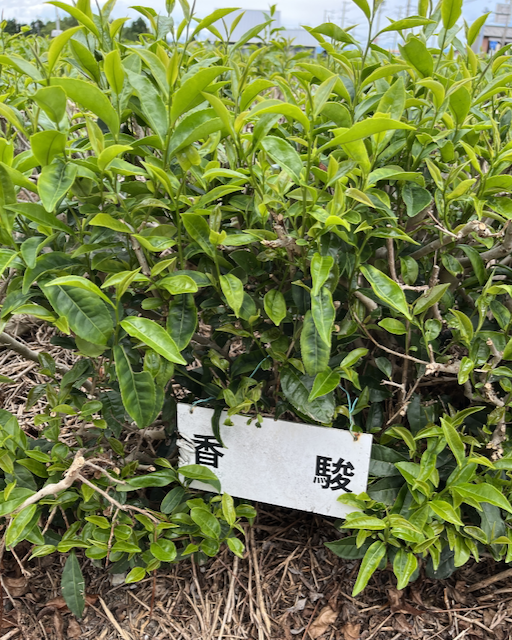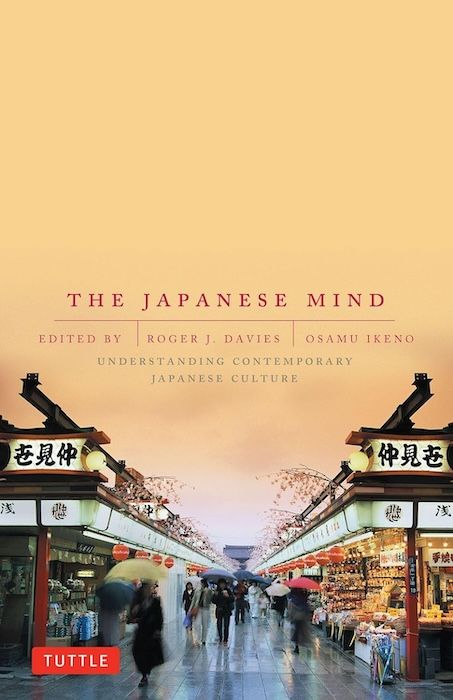2023 September round up
Welcome to the September round-up newsletter. A monthly letter about everything that has happened inside and outside the tea nursery.
Back in Wazuka
Following up on the last month’s newsletter, I arrived in Wazuka on the 7th of September. It was great to see the village and its beautiful fields again. This time, the yellow-golden colour changes of the rice field made it even more magical.
It was quite a busy arrival with lots of things to learn. On the first day after arrival, I had the opportunity to harvest some early autumn tea, sort of an autumn Shincha, in a way. The weather was hot and humid, but the harvest was a good refresher for the harvesting and processing exercises from the master course last June. Processing and the touch sensations are something I am just beginning to understand. The main autumn harvest is in a few weeks, and I want to learn more in preparation for the spring harvest next year. A couple days ago, some of the interns working at the farm experienced hand-picking and hand-rolling of black tea. It was such a great sensory experience to touch and smell all the different nuances between the batches that were done.

Arriving in Wazuka and working at a tea farm with such an established intern program means meeting lots of new tea people. We shared so much tea and stories around it. I learned so much about tea with some of the interns already. I will continue learning and improving my knowledge so much here at Obubu.
Recent Activity
Yesterday, I published another article about Japanese tea cultivars, this time about Harumoegi. This cultivar comes from an initial crossing made in Miyazaki. It was great to see through the research how a cultivar grown in NARO (national research centres) compared to the prefectural ones differs.
As with other activities in the blog, it has been much quieter. The farm work and adjusting to my new role have taken most of my time. I have been gathering a lot of research material since I arrived, including a few books from the farm that will be useful in discovering new rabbit holes. Like the recent one I found about Tamaryokucha and the complex naming and historical evolution it has gone through.

What is next
I am trying to convince one of the farmers to teach me how to properly propagate cuttings and grow tea from seed. If I get some hands-on experience, that would be interesting to share in the blog. Next in line is some more reading precisely on that. Cutting and seed propagation, hopefully, I can write an article about it soon.
As usual, I will soon prepare to gather some more info and start writing the next cultivar post. This time probably Koushun 香駿. Although briefly, I got the pleasure to welcome researcher Yoriyuki Nakamura 中村 順行 at the farm a few days ago. Unfortunately, paperwork duty in another town prevented me from asking more in-depth questions. But I could sneak a few in the brief time I had to talk with him. Professor Takeda was one of the researchers in charge of the breeding program that resulted in the registration of Tsuyuhikari 梅雨光 in 2003. As you might have guessed, he was also one of the researchers involved in the research of the Koushun cultivar.

Books and other fun stuff
I have been looking at many tea books and research papers but not one book in particular, with the short time available since I arrived in Wazuka. I have read some chapters of the book by Davies, Roger J., and Osamu Ikeno. The Japanese Mind: Understanding Contemporary Japanese Culture. Tuttle Publishing, 2002.

Through my university course, there is a class on culture and society, and this book illustrates many important concepts and behaviour patterns of Japanese Culture. It is a good and easy-to-read book, chapter by chapter, according to what grabs your attention more.
That is it for this month. As always, you can help the blog by sharing this newsletter or any of the blog posts and sharing it with a friend or family member who could enjoy it.
